Wet, Moldy, and Leaky Crawl Spaces
The reasons a Missouri homeowner’s crawl space is getting wet and leaky are very similar to ones that causing a basement leakage.
To understand something is wrong with your crawl space you don’t actually need to get inside it. There are several signs telling you need encapsulation and repair, and for even the best result to insulate it.
Foul Odors
High humidity in the soil and air releases destructive water vapor which rises from underneath and upwards into the house environment, bringing along the air from the crawl space – which may include mold spores and odors. The foul odors make living in a house uncomfortable. There could be several sources of the bad odors, like some decomposing materials, critters or their droppings, mold, rotting fiberglass, etc.
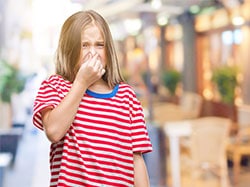
Drafty or Cold First Level Floors
Uninsulated crawl spaces are getting poured with cold air coming in through the vents during cold months. Then due to the stack effect, the cold air raises upwards into your home’s first floor. As the cold air permeates the house, not only does it become a less comfortable place to live in, but also makes your heating system to work extra hard, leading to higher utility bills.
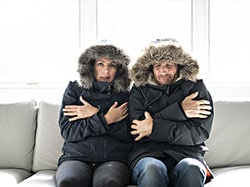
High Humidity Level
High humidity is a common problem with unsealed crawl spaces. As expected, all of the reasons of high humidity are associated with water in your crawl space. It can be bulk water pooling from a failed drainage or a plumbing leak, moisture evaporating into the air of the crawl space from the soil through vents, or even the porous concrete walls from underneath.
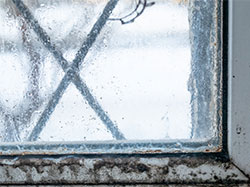
Energy Loss
In the winter, cold air penetrates a house from uninsulated crawl space causing your heating system to work extra hard to fight its effects. In the summer, humidity rising from a damp crawl space forces your cooling system to work harder as well. Extra HVAC systems work turns into higher utility bills.

Rotting or Uneven Flooring
Typically a crawl space has wooden posts installed to support the floor joists above. If you experience sagging floors it is very likely the posts are damaged by rot and/or mold. The indicator requires a structural engineer inspecting it as soon as possible before things get much worse.
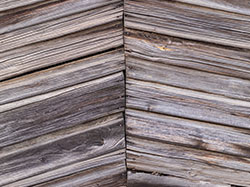
Mold
A damp crawl space or basement environment is very unhealthy and destructive. Mold thrives and reproduces by producing airborne spores by the millions, and some molds are toxic. Rot and decay occur in damp environments, causing unsafe and expensive structural damage.
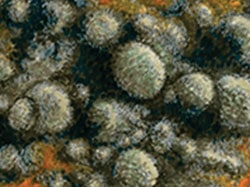
Increased Asthma, Allergies, and other Health Issues
Mold is a very dangerous fungus and it can cause a variety of health issues for you and your loved ones. It has been proven that mold in a home can lead to: breathing problems, respiratory infections, allergies, skin irritation, eye irritation, headaches, fatigue, sinus infections, and a variety of other conditions you shouldn’t have to contend with.
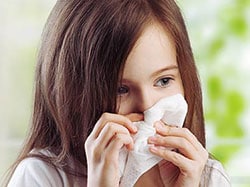
Anoying Pests
If not sealed and properly maintained, a crawl space can become a home for rodents, such as mice and rats, and insects, such as termites, carpenter ants, powderpost beetles, cockroaches, hornets, wasps, crickets and more. Pests can act very destructive to both the crawl space and the home entering it through ducts, water pipes, and electrical wiring. They can destroy insulation, damage wooden sctuctures, gnaw wiring and ducts, and be a cause of bad odor.
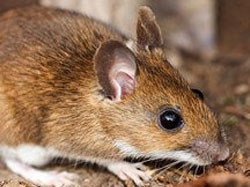
At PEP Waterproofing we have solutions for all of the issues described above. We can install a vapor barrier and insulation, sump pump and humidifier, and improve the drainage in the yard.
If you have any questions about how to seal your crawl space, please contact us today.
